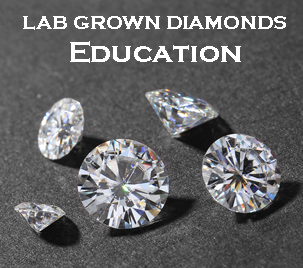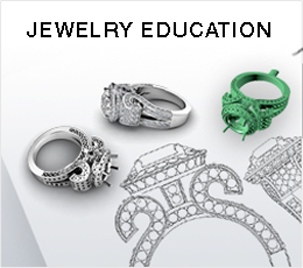Lab Created Diamonds
Lab created diamonds also known as lab grown diamonds, man-made diamonds and cultured diamond are grown in highly controlled laboratory conditions or chemical vapor deposition process that simulate the earth’s natural growing environment, cvd diamonds are physically, optically, and chemically identical to earth mined diamonds, the only difference between lab diamonds and natural diamonds is that they were created in a lab.
At CVD.guru we use chemical vapor deposition to grow a beautiful quality diamonds in a few weeks. This process starts with a tiny diamond seed which is placed in a sealed tight vacuum chamber where microwave rays, methane and hydrogen gasses rain down to build layers of carbon atoms, arranged in the structure of a diamond crystal to form a diamond. These man-made diamonds have the same hardness, brilliance and fire as natural mined diamonds. Our lab created diamonds can handle the high stress of daily wear and does not ever fade, micro scratch or loose its luster.
Lab Created Diamonds Vs Natural Diamonds
Lab grown diamonds usually cost about 20-40% less than natural diamonds of comparable size and quality. It takes a skilled diamond grader to tell the difference between a natural diamond and a synthetic or lab created diamond. If you only use your naked eyes, you can see that they are visually the same. Synthetic diamonds do not have inclusions, whereas the inclusions in natural diamonds are like their birth marks unique in each diamond. A lot of people incorrectly assume that synthetic diamonds are not real diamonds. However, this is not true. Although synthetics are not formed naturally, they have the same chemical composition and physical properties as natural diamonds. So, synthetic diamonds are not fake, and their artificial origin has nothing to do with the fact that they are real diamonds in terms of structure.
Can you see the difference
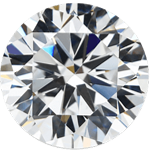
Purenile
Diamond
V/S
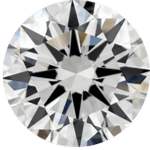
Natural
Diamond
Lab Created Diamond Grading Report
Our lab created diamonds submitted for diamond grading services are examined by a highly trained and experienced diamond graders and gemologists from leading independent laboratories such as the International Gemological Institute (IGI). The certificate will grade the diamond on clarity, color and cut too just like with a natural diamond certificate. IGI also laser- inscribes the diamond’s girdle with a report number and a statement that the diamond has been laboratory-grown. This laser inscription is not visible with the naked eye and does not affect the appearance of the diamond. It can be read with 10x or more powerful magnification. At every step of the grading process, special inspection, care, and handling procedures are in place to protect a diamond’s identity and ensure the diamond is managed with the utmost care.
Diamond Types
Diamonds can be scientifically classified into 4 types, known as type 1a, 1b, 2a, 2b.
TYPE 1A
If the nitrogen atoms are evenly spread out throughout the carbon lattice, then the diamond is said to be a Type 1b diamond. These diamonds absorb green light as well as blue light, and have a darker color than type 1a diamonds. Depending on the precise concentration and spread of the nitrogen atoms. These types of diamonds are very rare and they are available at yellow, orange, green or brown in colors.
TYPE 1B
If the nitrogen atoms are evenly spread out throughout the carbon lattice, then the diamond is said to be a Type 1b diamond. These diamonds absorb green light as well as blue light, and have a darker color than type 1a diamonds. Depending on the precise concentration and spread of the nitrogen atoms. These types of diamonds are very rare and they are available at yellow, orange, green or brown in colors.
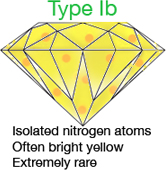
TYPE 2A
These diamonds can be considered as the "purest of the pure" - they contain no, or little amounts of impurities and are usually colorless. An imperfect carbon lattice will make the diamond absorb some light, which will give it a yellow, brown or even pink or red color.
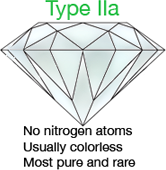
TYPE 2B
These diamonds contain no nitrogen - but they do contain boron, which absorbs red, orange and yellow light. These diamonds therefore usually appear to be blue, although they can also be grey or nearly colorless.
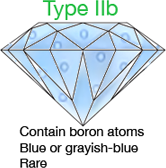
Lab created diamonds also known as lab grown diamonds, man-made diamonds and cultured diamond are grown in highly controlled laboratory conditions or chemical vapor deposition process that simulate the earth’s natural growing environment, cvd diamonds are physically, optically, and chemically identical to earth mined diamonds, the only difference between lab diamonds and natural diamonds is that they were created in a lab.
At CVD.guru we use chemical vapor deposition to grow a beautiful quality diamonds in a few weeks. This process starts with a tiny diamond seed which is placed in a sealed tight vacuum chamber where microwave rays, methane and hydrogen gasses rain down to build layers of carbon atoms, arranged in the structure of a diamond crystal to form a diamond. These man-made diamonds have the same hardness, brilliance and fire as natural mined diamonds. Our lab created diamonds can handle the high stress of daily wear and does not ever fade, micro scratch or loose its luster.
Lab grown diamonds usually cost about 20-40% less than natural diamonds of comparable size and quality. It takes a skilled diamond grader to tell the difference between a natural diamond and a synthetic or lab created diamond. If you only use your naked eyes, you can see that they are visually the same. Synthetic diamonds do not have inclusions, whereas the inclusions in natural diamonds are like their birth marks unique in each diamond. A lot of people incorrectly assume that synthetic diamonds are not real diamonds. However, this is not true. Although synthetics are not formed naturally, they have the same chemical composition and physical properties as natural diamonds. So, synthetic diamonds are not fake, and their artificial origin has nothing to do with the fact that they are real diamonds in terms of structure.
Can you see the difference

Purenile
Diamond
V/S

Natural
Diamond
Our lab created diamonds submitted for diamond grading services are examined by a highly trained and experienced diamond graders and gemologists from leading independent laboratories such as the International Gemological Institute (IGI). The certificate will grade the diamond on clarity, color and cut too just like with a natural diamond certificate. IGI also laser- inscribes the diamond’s girdle with a report number and a statement that the diamond has been laboratory-grown. This laser inscription is not visible with the naked eye and does not affect the appearance of the diamond. It can be read with 10x or more powerful magnification. At every step of the grading process, special inspection, care, and handling procedures are in place to protect a diamond’s identity and ensure the diamond is managed with the utmost care.
Diamonds can be scientifically classified into 4 types, known as type 1a, 1b, 2a, 2b.
TYPE 1A
If the nitrogen atoms are evenly spread out throughout the carbon lattice, then the diamond is said to be a Type 1b diamond. These diamonds absorb green light as well as blue light, and have a darker color than type 1a diamonds. Depending on the precise concentration and spread of the nitrogen atoms. These types of diamonds are very rare and they are available at yellow, orange, green or brown in colors.
TYPE 1B
If the nitrogen atoms are evenly spread out throughout the carbon lattice, then the diamond is said to be a Type 1b diamond. These diamonds absorb green light as well as blue light, and have a darker color than type 1a diamonds. Depending on the precise concentration and spread of the nitrogen atoms. These types of diamonds are very rare and they are available at yellow, orange, green or brown in colors.

TYPE 2A
These diamonds can be considered as the "purest of the pure" - they contain no, or little amounts of impurities and are usually colorless. An imperfect carbon lattice will make the diamond absorb some light, which will give it a yellow, brown or even pink or red color.

TYPE 2B
These diamonds contain no nitrogen - but they do contain boron, which absorbs red, orange and yellow light. These diamonds therefore usually appear to be blue, although they can also be grey or nearly colorless.


 US & CA :
US & CA :
 Live
Chat
Live
Chat
 Engagement Rings
Engagement Rings 



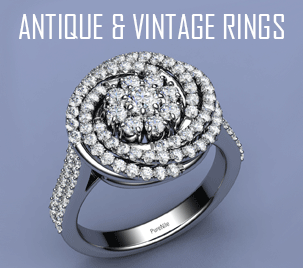
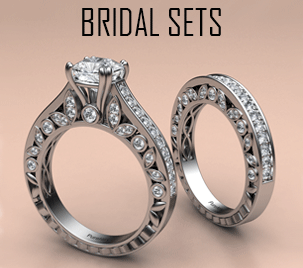
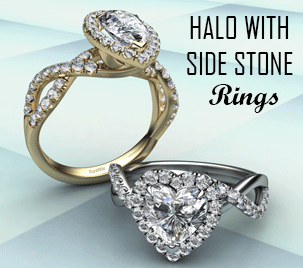
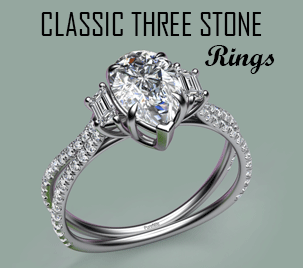
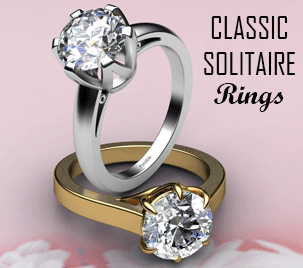
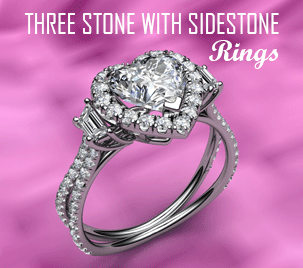
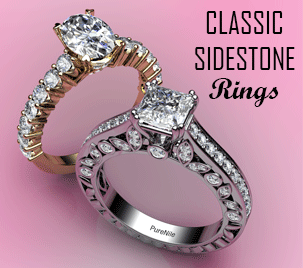
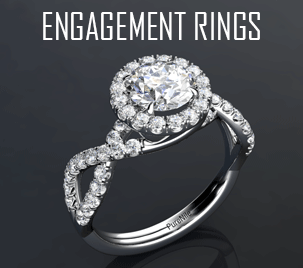
 Lab Grown Diamonds
Lab Grown Diamonds 









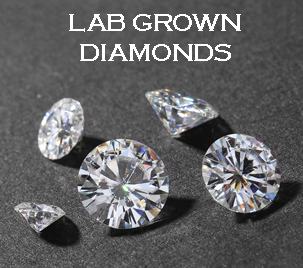
 Semi mount rings
Semi mount rings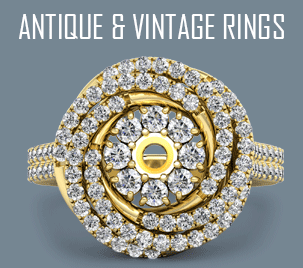
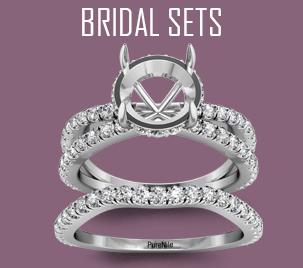
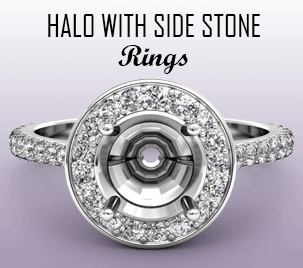
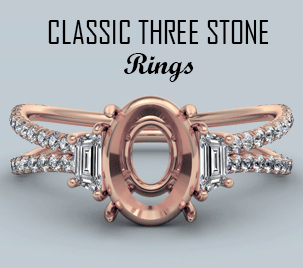
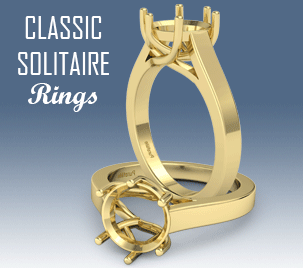
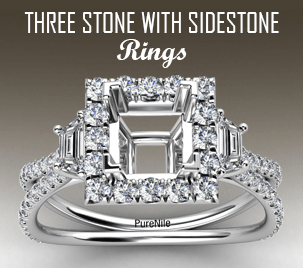
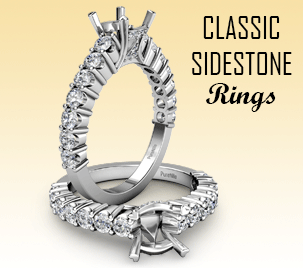
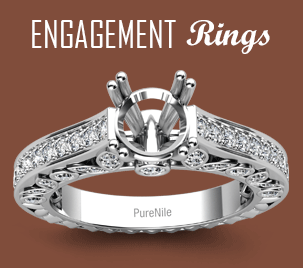
 Education
Education 